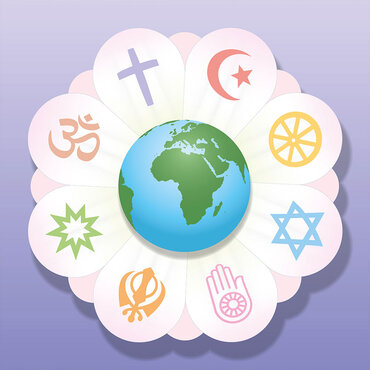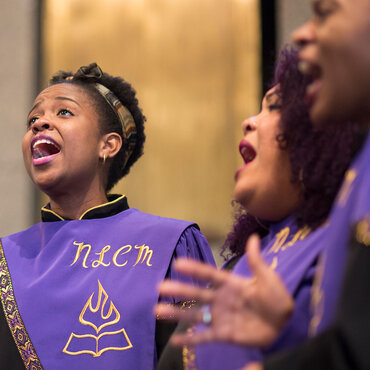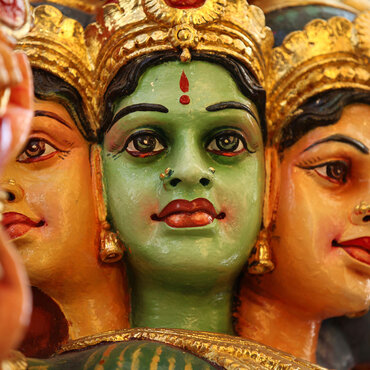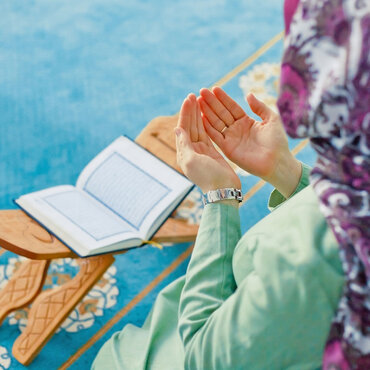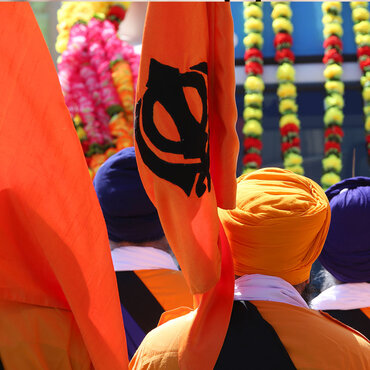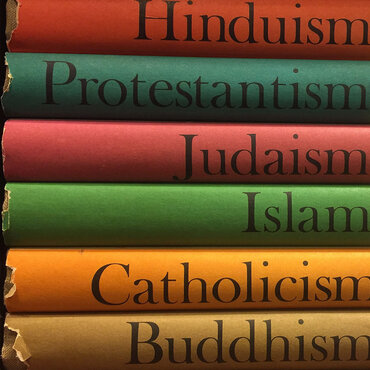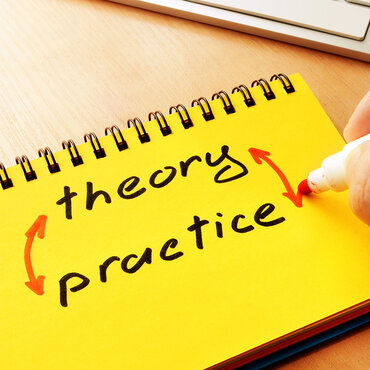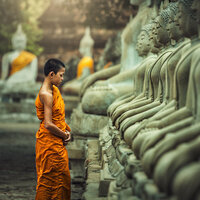
Buddhist Traditions
This three-module course demonstrates how the Introduce-Investigate-Intersect-Introspect model can be utilized to explore religious identity formation within Buddhist traditions.
Get even more great free content!
This content contains copyrighted material that requires a free NewseumED account.
Registration is fast, easy, and comes with 100% free access to our vast collection of videos, artifacts, interactive content, and more.
NewseumED is provided as a free educational resource and contains copyrighted material. Registration is required for full access. Signing up is simple and free.
With a free NewseumED account, you can:
- Watch timely and informative videos
- Access expertly crafted lesson plans
- Download an array of classroom resources
- and much more!
- Religious Literacy
- Educator
Benjamin P. Marcus is a fellow and former Religious Literacy Specialist with the Religious Freedom Center of the Freedom Forum Institute, where he examines the intersection of education, religious literacy and identity formation in the United States. He has developed religious literacy programs for public schools, universities, U.S. government organizations, and private foundations in the U.S. and abroad.
Andrew Henry is scholar of religious studies. His research focuses on the religions of the late ancient Mediterranean world, particularly on the material culture of early Christianity. Andrew also has interests in the intersection of social media technology and religious studies pedagogy and is the founder of the educational YouTube channel Religion for Breakfast.
If this is your first Religious Traditions course, we recommend familiarizing yourself with key frameworks used in religious studies before beginning. Methods of Religious Studies – Review
- Introduce themselves to the tradition
- Investigate the diverse beliefs, behaviors, and experiences of belonging related to conceptions of suffering and death
- Explore the intersections of Buddhist traditions with Shinto traditions in Japan
Reflect
As you begin an exploration of Buddhist traditions, consider the following questions:
- What do you know/think you know about Buddhist religious traditions?
- Where did you learn this information? Do you believe these sources are credible? Why or why not?
- Have you personally spoken with someone who self-identifies as Buddhist about their religious identity or religious tradition?
Introduction
Read the following short essays from Harvard University’s Pluralism Project:
- “Introduction to Buddhist Traditions” by Andrew Henry
Return to the reflection questions above and review the responses:
- What have you learned in this module that has changed or deepened your understanding of Buddhist traditions?
Investigation
- “Theravada and Mahayana Buddhism” by Khan Academy
- Can a Robot Be a Priest? By Andrew Henry, Religion for Breakfast
- Venerable Suvanno, How a Theravadin Buddhist Chinese Funeral May Be Conducted, (Selangor: Sukhi Hotu, 1996), 9-14.
- Venerable Pende Hawter, “Death and Dying in the Tibetan Buddhist Tradition,” Buddhanet, 1995.
- Pure Land Buddhism: Support for the Dying, (Toowoomba: Pure Land Learning College), 3-4, 7-8.
- How do the sources explain the internal diversity of beliefs, behaviors, and experiences of belonging in Buddhist traditions? Provide specific evidence/examples.
- Do you think it’s more appropriate to speak of a Buddhist tradition or multiple Buddhist traditions?
- Based on these sources, what beliefs, behaviors, or experiences of belonging, if any, bind together all people who self-identify as Buddhist?
Intersection
Read the following articles about Buddhism and Shinto:
- Explore the UNESCO World Heritage Sites in Japan. Look for at least one Shinto site and one Buddhist site. Are there any sites that feature both of these traditions? Why have these sites been selected as World Heritage Sites? What do they demonstrate about the influence of these two religious traditions in Japan?
Some scholars use the term “syncretism” to describe the phenomenon of individuals “mixing” features of different religious traditions in their daily lives. Other scholars think this definition is too simplistic because it ignores the internal diversity of religious traditions by assuming we can distill religions down to two “-isms” that can be mixed in the first place.
- When considering the interaction of Shinto and Buddhist traditions in Japan, should we describe these phenomena as “mixings” of two religious traditions? Explain your thinking.
- Briefly propose another way to describe the interaction of Shinto and Buddhist traditions in Japan.
